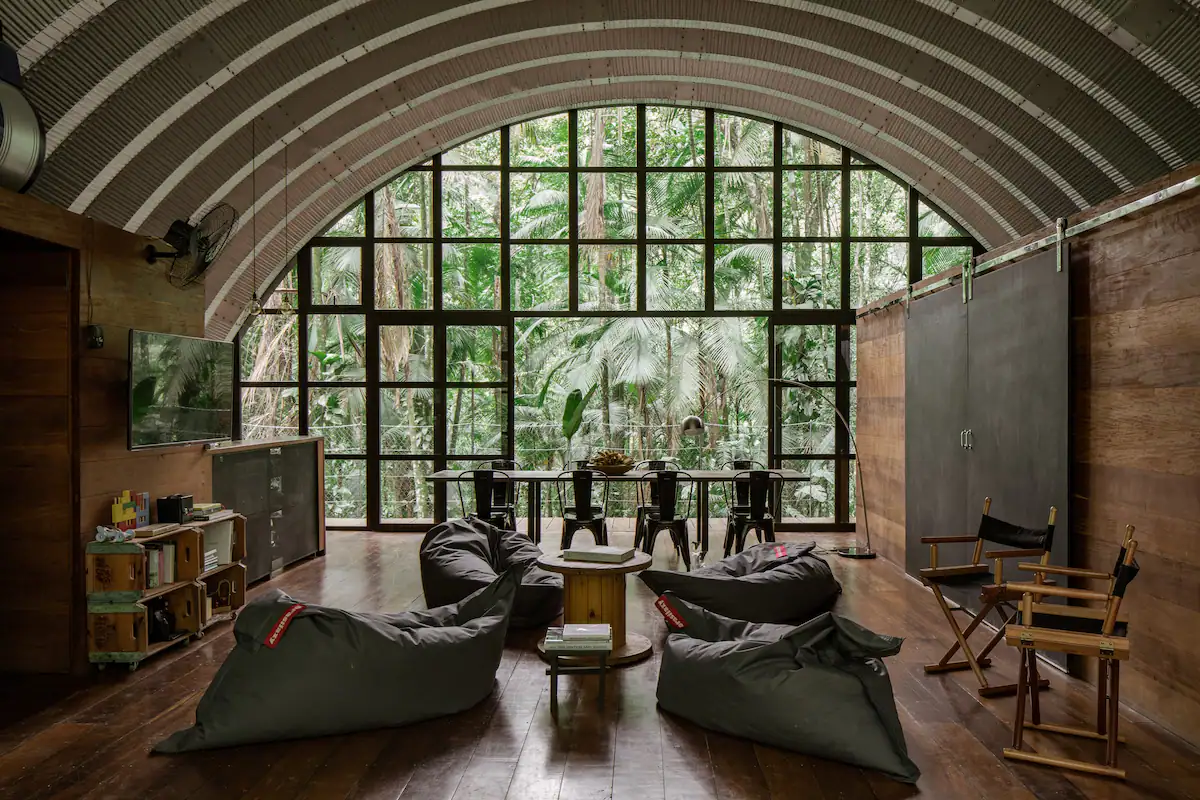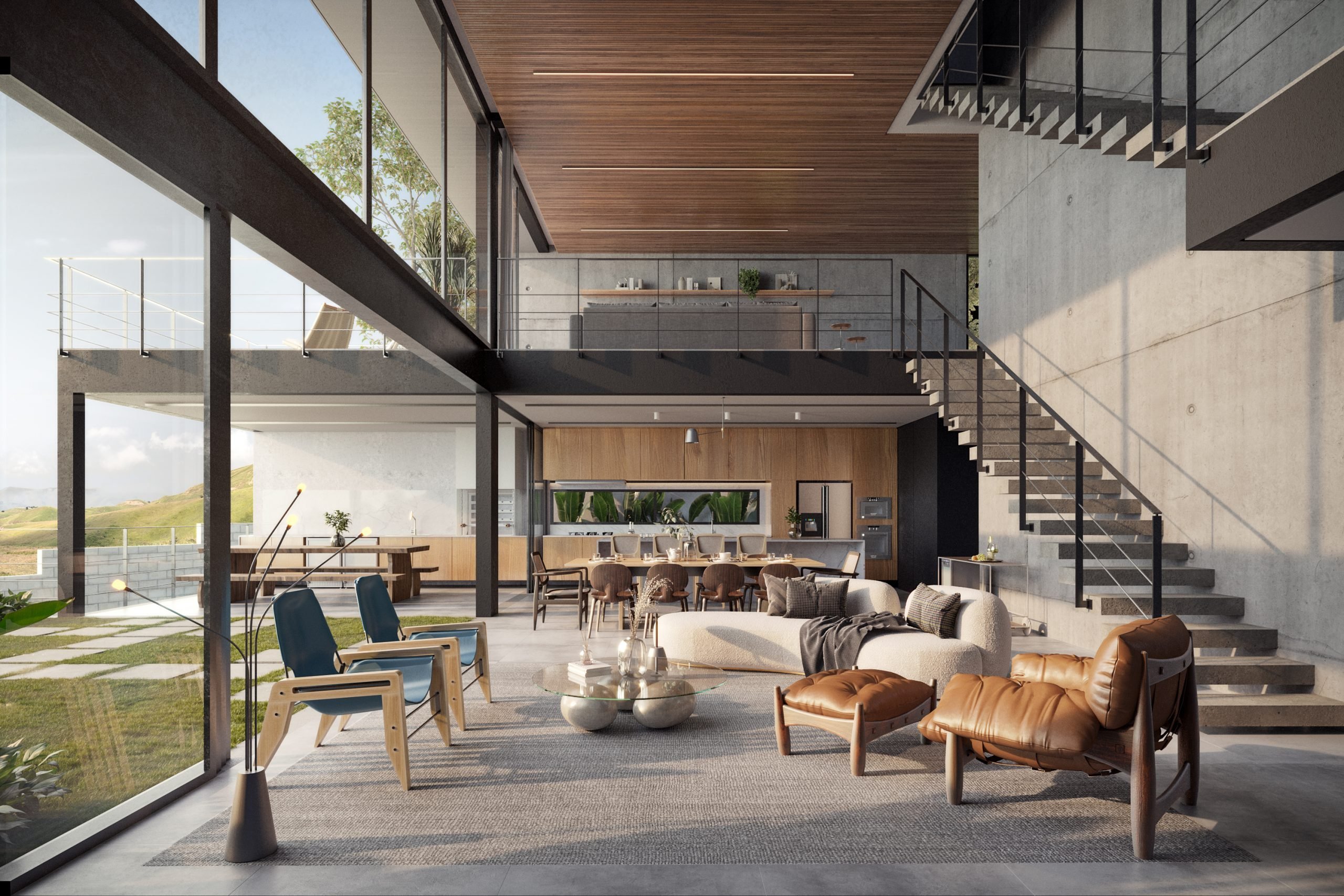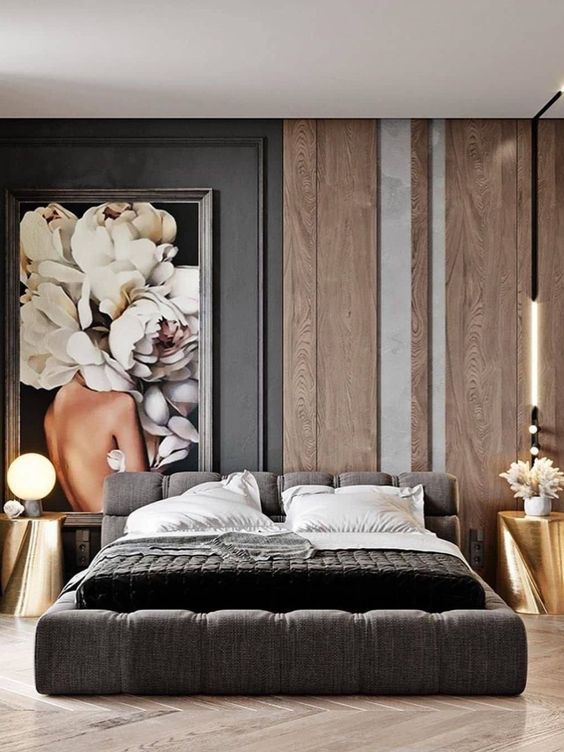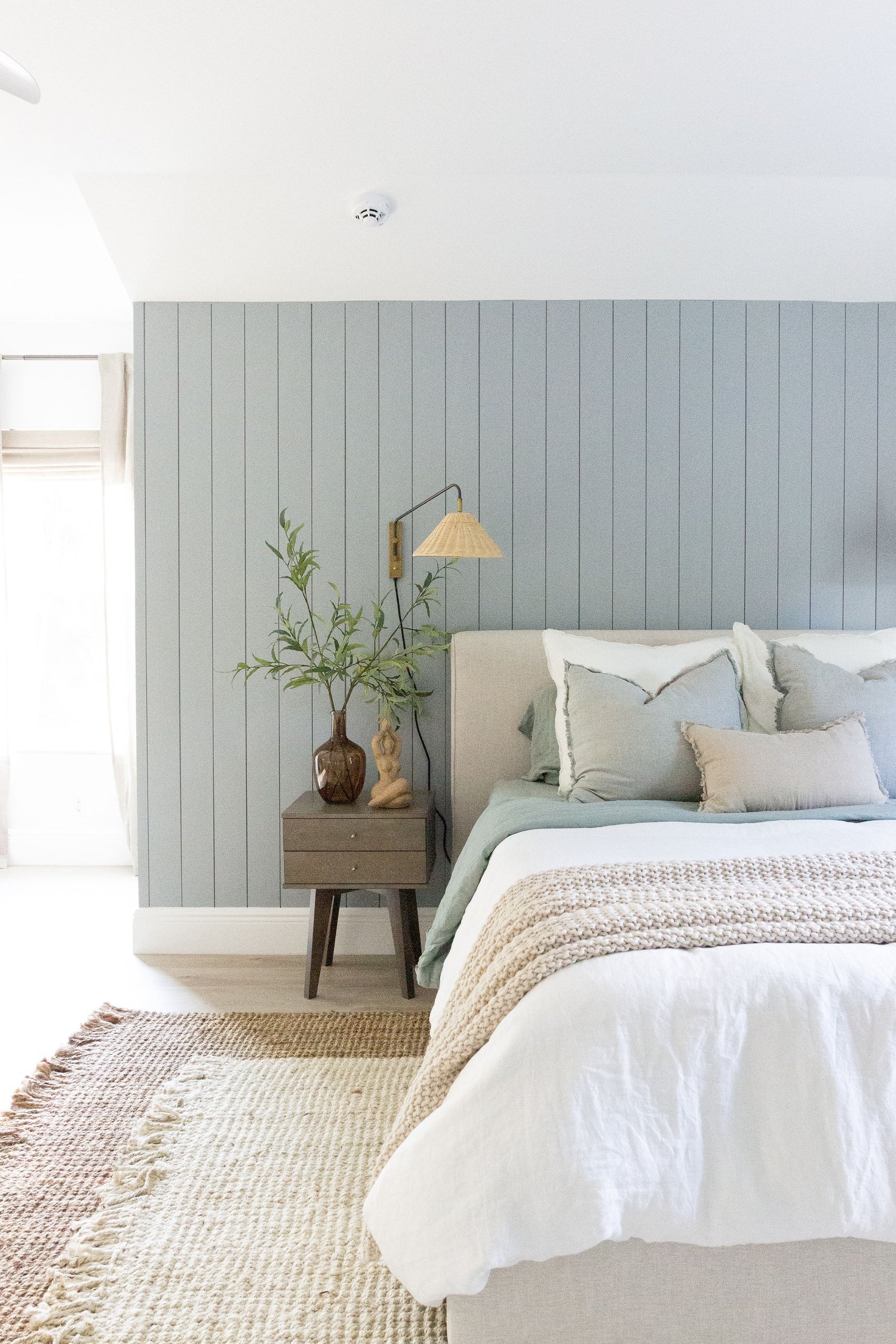Architecture
Structural Masonry: Pros and cons
Advertisement
Imagine this situation: you have just purchased land to build a house, business or warehouse. Or you already have a residence and have decided to expand it, adding a building to the existing structure, for example.
Possibly one of the first questions you will have will be something like this: “what is the most recommended, quick and economical way to build?”. And I wouldn’t think otherwise either. After all, when starting an endeavor like this we always try to anticipate all possible factors that allow us to see the positive and negative points of the choices that will be made.
This is a very simple way of building where, literally, bricks are stacked on top of each other. One of the advantages is precisely this: allowing the building’s construction system to be entirely made with just one element, without the need to rely on steel and concrete pillars and beams (the famous reinforced concrete).
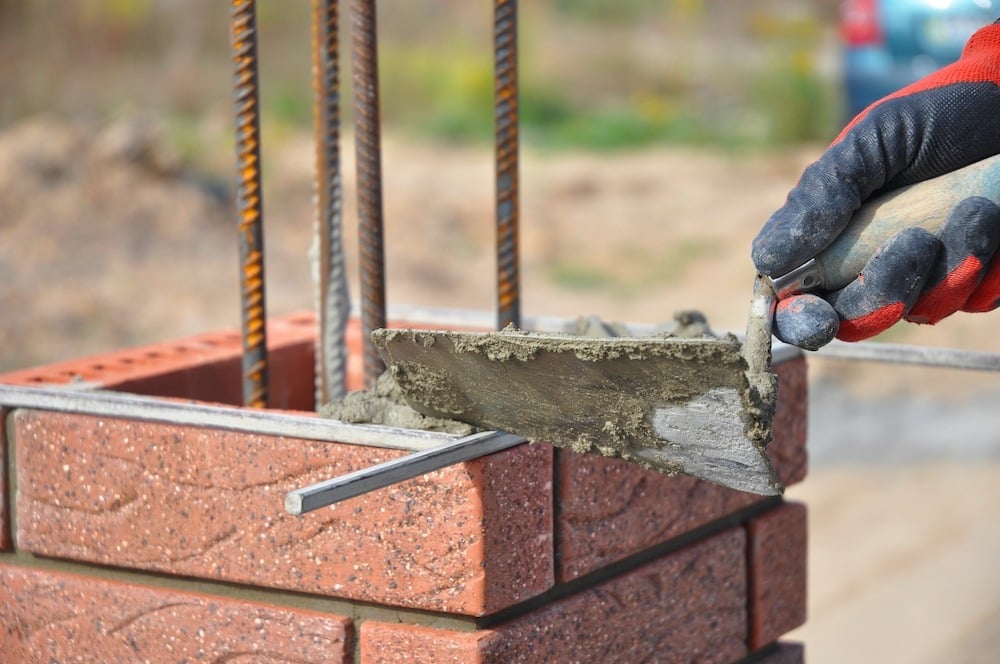
Furthermore, a second positive factor is the cost. As there are no reinforced concrete pillars and beams, the use of hardware (which is one of the most expensive items on site) is minimized, making construction cheaper. This makes the structural masonry system one of the most accessible and economical on the market and one of the best known for local labor.
Building in structural masonry, however, requires some care. Although it is simple to lay one brick over another, once the house is built, it is practically impossible to remove a wall (because it is structural), if you are thinking about environments with future integration.
If this is your case, making this demolition forecast, while the project is still being developed, may be an alternative. In the same context, it is always recommended to follow the structural design guidelines of a civil engineer, as the layout of the walls and all the necessary ties between the bricks will be defined.
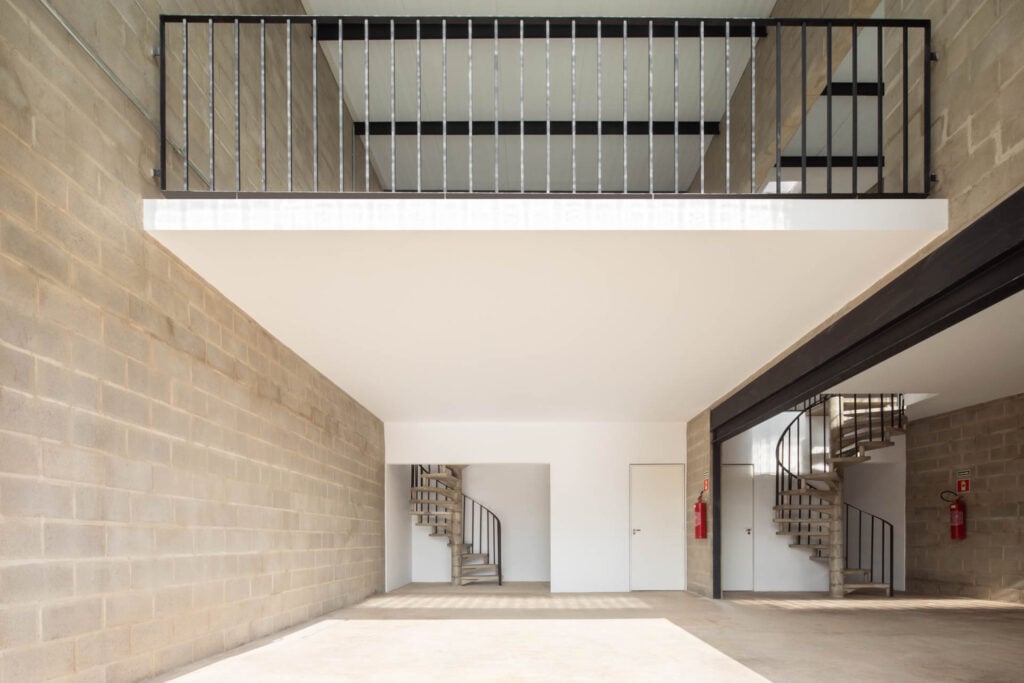
“But what is this, exactly? You said it was simple!” Yes, and it is. Imagine that hiring a professional specialized in the subject will save you time, money and bring you fewer headaches. By this I mean that you can even draw something on paper and take it to a builder who tells you they know how to do it, without hiring a specialized professional.
But, having the projects in hand and a workforce that is minimally experienced and responsible to execute it, following the construction guidelines is what will guarantee your safety. In general, this applies to any project, construction system and work.
There are several companies on the market that produce bricks for structural masonry and, basically, they are products made from concrete or ceramics. The difference between them is in weight and resistance.
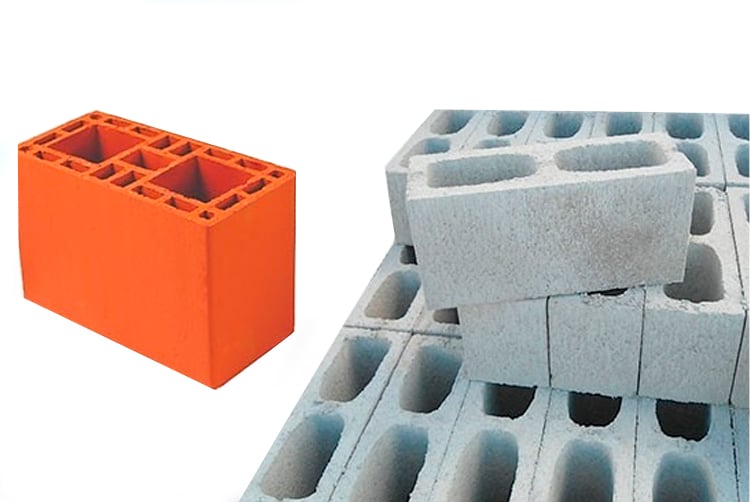
Lighter, the ceramic block tends to bring greater productivity in the assembly of parts, while the concrete block guarantees greater resistance. Even so, both are widely used in different situations, and the choice is generally made considering assembly productivity, the location where it will be used and the desired finish.
Furthermore, another factor that can enhance the use of structural masonry is an appropriate and assertive architectural design, which defines spaces according to the modulation and materiality of the bricks.
When it comes to the design of walls, bricks are modular elements that, if foreseen in the development of the project, can allow the workforce to carry out the work more quickly, especially by avoiding unwanted cuts in the brick blocks, saving material, time and generating less waste.
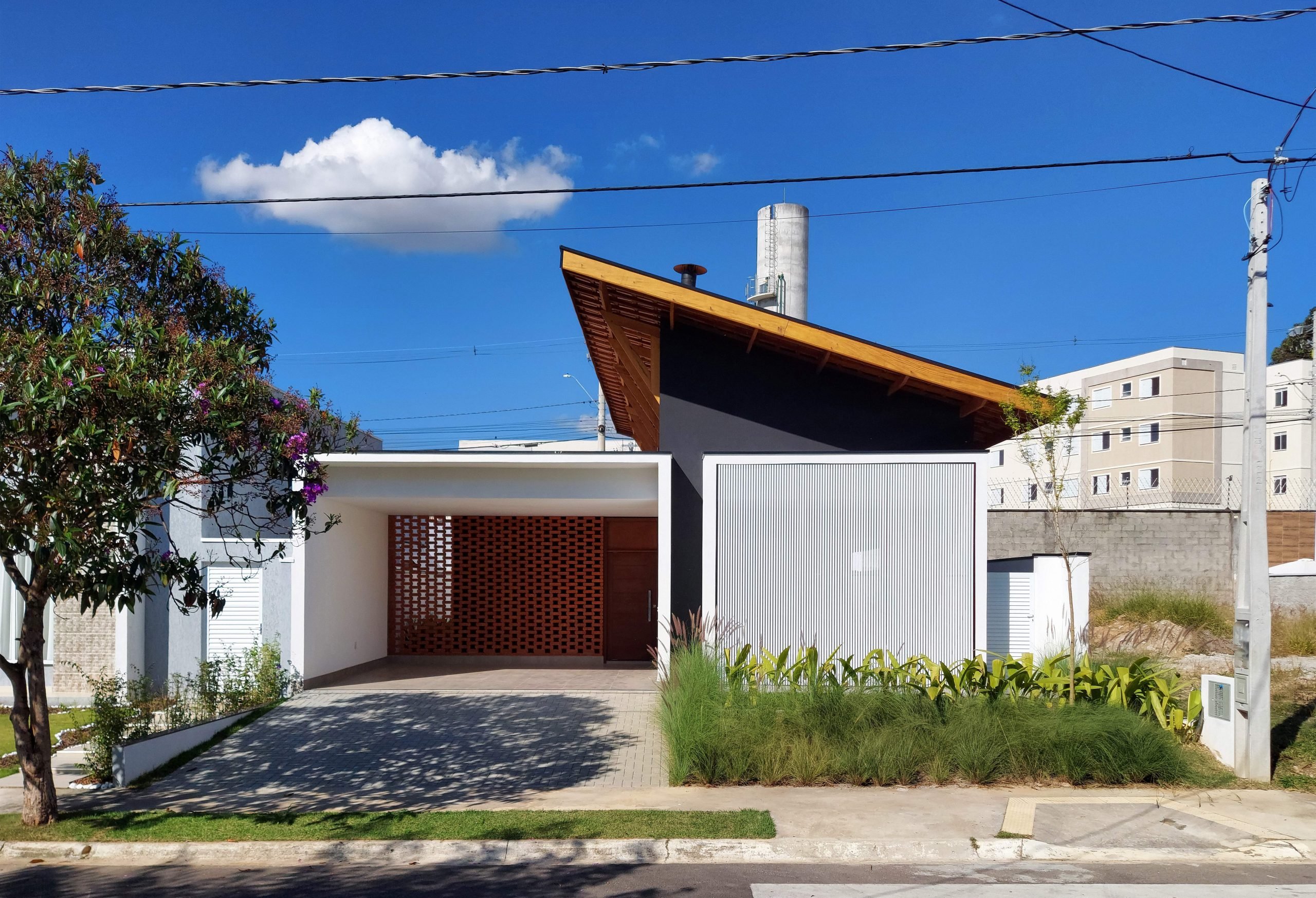
In addition to this idea, one of the possible characteristics of the use of structural masonry, especially when using concrete brick, is the possibility of maintaining its real appearance, without coatings or plaster and paint finishes, for example.
Furthermore, if most of the planned electrical and hydraulic installations are also kept visible, which are normally embedded in the masonry, it is possible to guarantee even more agility in construction and considerable savings in relation to the financial resources used. If the aesthetic suits your taste, believe me, it will definitely save you some money.
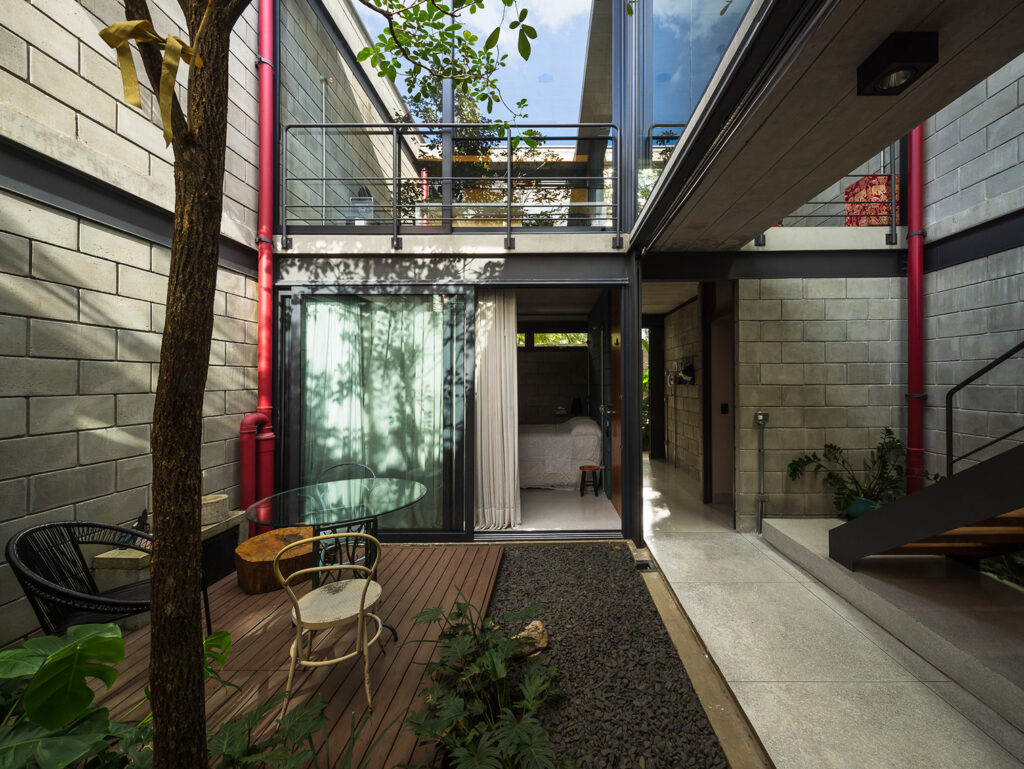
Therefore, opting for the structural masonry construction system is a decision that reflects the correct interpretation of the characteristics of the terrain, the project constraints and the intentions for using the built space.
If building a building may seem like a complex and difficult matter, imagine having to deal with the consequences of bad decisions that could have been made before starting your work?
Fortunately, structural masonry is a very simple method compared to other existing construction systems and can help you find the solution that makes it possible, both in terms of aesthetic point of view, as well as the time and financial investment necessary to consolidate your dream.
Trending Topics

Dating App: Discover Who Crossed Your Path and Connect
Discover how Happn uses geolocation to connect you with people you've met in real life. Learn its features and advantages!
Keep ReadingYou may also like
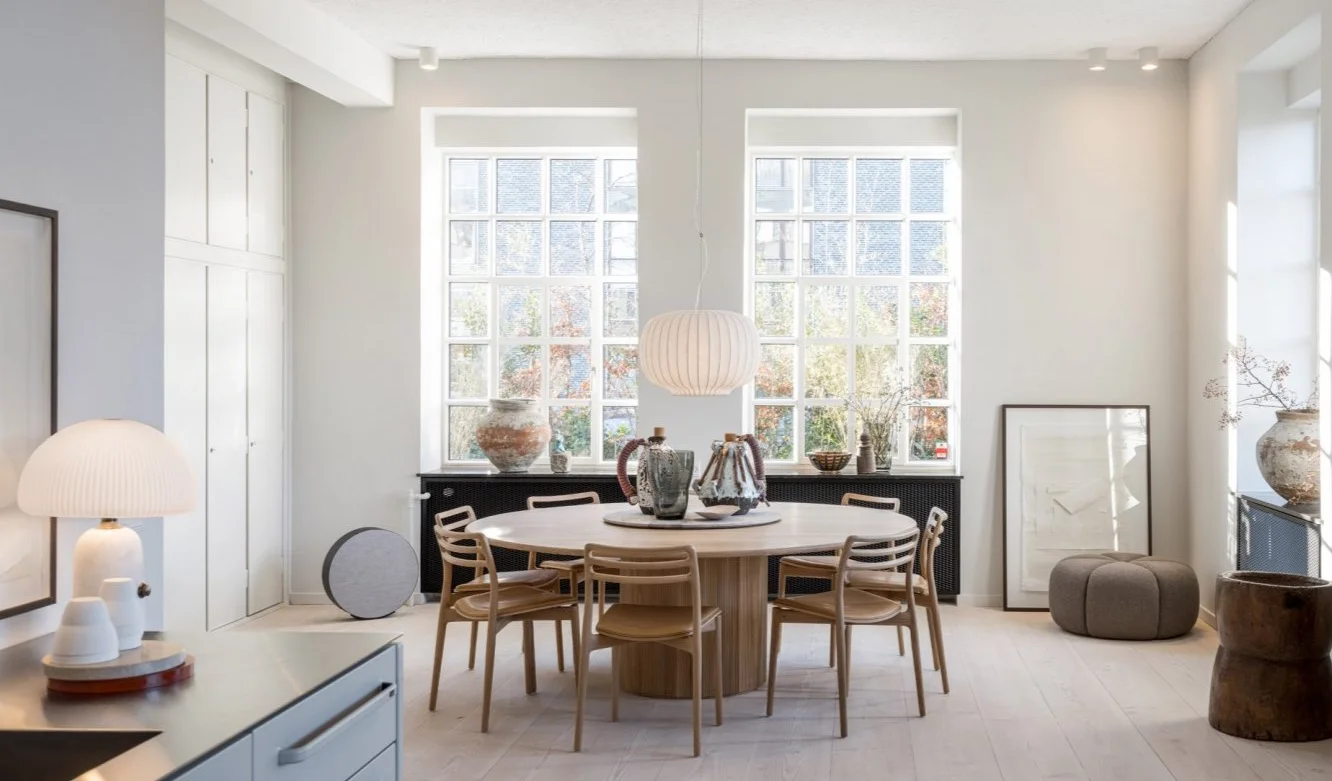
What’s Your Interior Design Style: A Complete Guide
Discover your interior design style with this ultimate guide to create a stylish and cohesive space - from modern to industrial!
Keep Reading